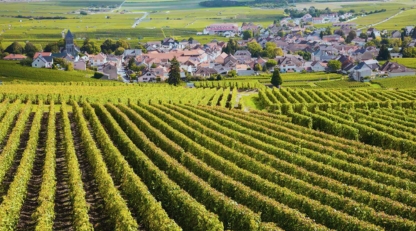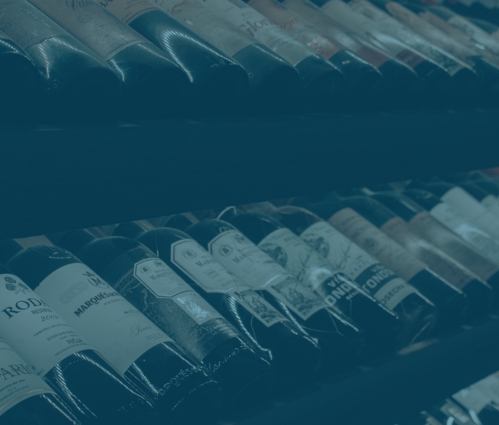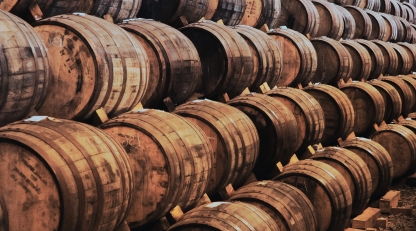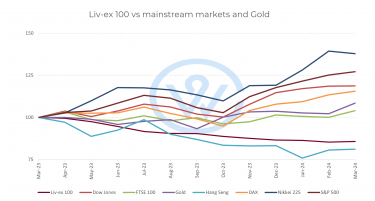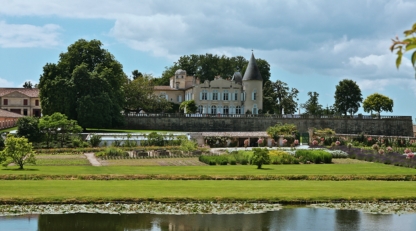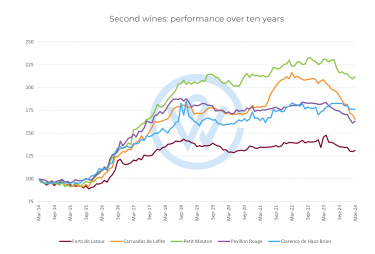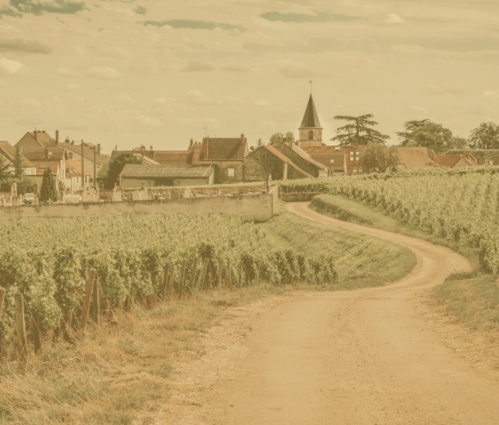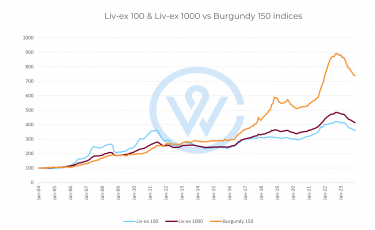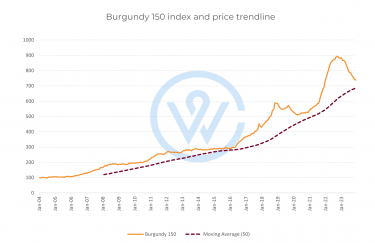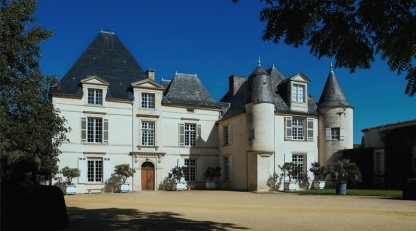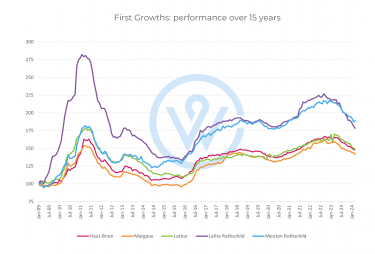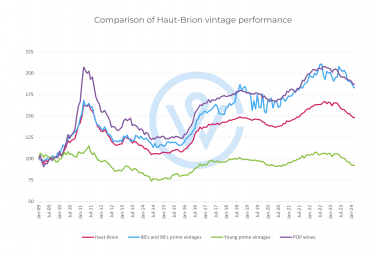- En Primeur is a three-tier system, involving châteaux, négociants, and courtiers.
- It allows buyers to purchase wines early, while they are still in barrel.
- It provides an opportunity to secure allocations of highly sought-after wines that might appreciate in value when bottled.
En Primeur, also known as ‘wine futures’, is a practice rooted deeply in the traditions of the French wine market, particularly prominent in Bordeaux. This unique system allows investors and wine enthusiasts to purchase wines early, while they are still in the barrel, well before they are bottled and released on the general market. This method not only provides a fascinating glimpse into the future of wine investment but also plays a critical role in the financial ecosystem of wine production.
How the three-tier system works
The En Primeur market operates through a chain of châteaux, courtiers, and négociants:
-
Châteaux make the wine and decide how much to release during the campaign.
-
Courtiers act as intermediaries, matching supply and demand and helping to set opening prices.
-
Négociants purchase the wine from the châteaux and then offer it on to merchants around the world.
The sale of wines purchased en primeur therefore happens in stages. The château does not usually sell directly to private investors. Instead, your access comes via merchants who receive an allocation of En Primeur offers from négociants. For investors, understanding this chain helps explain why certain wines are extremely limited – and why getting onto a merchant’s offer list can be so important.
Historical context
The concept of selling wine while still in barrel dates back over 60 years and has its origins in the post-World War II landscape. During this period, French wine producers faced significant financial challenges. To alleviate these pressures, influential wine merchants, known as négociants, began purchasing wine while it was still maturing in barrels. This arrangement allowed them to lock in supplies at a potentially lower cost and gave the châteaux much-needed cash flow to continue operations.
The En Primeur Campaign
The annual campaign typically begins in spring following the harvest – meaning, for example, that tastings and early pricing for Bordeaux 2025 occur in the spring of 2026. Merchants, journalists, and critics taste unfinished wines, assessing quality and determining potential market value.
These early prices can be influenced by:
-
Vintage conditions
-
Critical scores
-
Brand reputation
-
Overall market climate
-
Comparisons with previous years’ demand and pricing
For private clients, buying wine en primeur usually looks like this:
-
Your merchant sends out En Primeur offers for a specific vintage.
-
You select wines and formats (for example a case of 6 or 12 x 75cl bottles, or larger formats such as magnums).
-
You pay the En Primeur price, which is typically quoted in-bond, excluding duty and UK VAT.
-
The wine continues ageing at the château in barrel, often for around 18 months before bottling.
-
When the wine is bottled and released, it is shipped to a professional bonded warehouse.
Once bottled – usually 18–24 months later – the wine is shipped to the buyer’s chosen storage facility. At that stage, additional duty and VAT costs apply for those planning to take physical delivery rather than store the wine in-bond.
Storage, bonded warehouses, and when the wine arrives
Most investors choose to keep their wines in a regulated bonded warehouse. These facilities are designed for long-term storage and preserve the chain of provenance, which is crucial if you later decide to sell.
When your wine arrives in bond:
-
You receive a confirmation that your cases have been purchased en primeur and are now held in your name.
-
If you keep them in bond, you avoid paying UK VAT and duty until you choose to withdraw them.
-
If you decide to take physical delivery, duty and VAT become payable at the prevailing rates.
For investors who intend to trade rather than drink their purchases, leaving wines in-bond usually offers greater flexibility and lower frictional costs.
Advantages for investors
Purchasing futures can provide guaranteed access to highly sought-after wines with limited production. For collectors who seek structured allocations year after year, the system offers a reliable entry point and can help build long-term relationships with merchants and châteaux.
The advantage of buying early can also be financial. Some vintages have shown strong long-term appreciation – such as the 2008s, which have risen approximately 79% on average since release. These price movements are a major reason why many investors choose buying wine futures over purchasing later on the physical market.
Other benefits of buying wines en primeur include:
-
The ability to target a specific vintage that aligns with your investment thesis or personal milestones.
-
Choice of bottle size and original wooden cases, which can enhance desirability on the secondary market.
-
Clear provenance from château to bonded warehouse, helping protect value at eventual resale.
Risks and considerations
As with any investment, buying at release (or rather pre-release) is not without risks. Market performance varies, and recent campaigns – such as 2017 and 2020 – have experienced declines relative to their initial released prices once they reached the open market.
Other factors include:
-
Market volatility
-
Changing consumer preferences
-
Unfavourable critic assessments
-
Global economic slowdowns
-
Upfront capital commitments with no guaranteed return
Additionally, buying by the case and storing wine long-term can increase the overall cost of participation. Storage (in-bond or otherwise), insurance, and eventual duty and VAT charges must be factored into the total investment cost.
Comparing En Primeur with buying physical stock
It’s also worth comparing buying wine futures with purchasing physical stock later:
-
En Primeur can offer lower initial pricing and more choice, but requires patience and ties up capital for at least 18–24 months.
-
Buying mature wines on the secondary market means you can taste reviews of the finished wine and see a clearer track record of performance, but prices may already reflect that success.
For many collectors, a mix of En Primeur purchases and back-vintage opportunities provides a balanced approach.
The global influence of Bordeaux En Primeur
Despite mixed market performance in recent years, Bordeaux’s spring campaign still commands global attention in a way that no other region currently matches. This success has inspired similar approaches in Burgundy, the Rhône, Italy, Spain, and select New World regions, each adapting the model to suit local market expectations and the exclusivity of their wines.
For investors, understanding the nuances of each region’s system – as well as vintage variation, critic sentiment, and long-term demand – is essential to making informed buying decisions.
Concluding thoughts
The En Primeur system remains a defining feature of the Bordeaux wine trade. While it offers unique advantages – particularly access and early pricing – it also requires careful analysis, risk awareness, and strategic planning. Whether evaluating the latest vintage campaign, navigating release schedules, or comparing the dynamics of Bordeaux vs Burgundy, investors should approach wine futures with informed caution and professional guidance.
WineCap’s independent market analysis showcases the value of portfolio diversification and the stability offered by investing in wine. Speak to one of our wine investment experts and start building your portfolio. Schedule your free consultation today.

